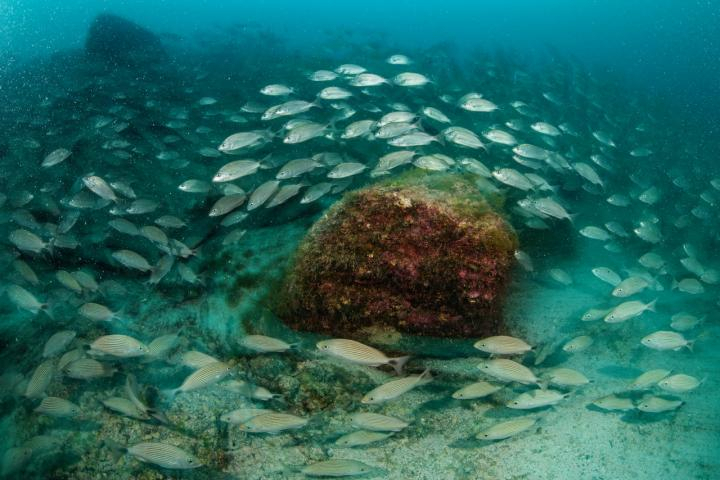NASA recently released the details of a 10-year study that involved using a space-based satellite to monitor the world's largest migration of animals. Through the study, the agency was able to identify how the migration directly affects global warming.
For the study, which was published in the journal Nature, researchers from NASA worked with those from the French Space Agency Centre National d'Etudes Spatiales to use the Cloud-Aerosol Lidar and Infrared Pathfinder Satellite Observations (CALIPSO) to monitor the migration of small ocean animals including squid and krill. The satellite was used by the researchers every 16 days for a span of 10 years.

Understanding Diel Vertical Migration
Through the data collected by CALIPSO, the researchers were able to keep track of the animals' Diel Vertical Migration (DVM), which is a natural phenomenon that occurs daily when the sea creatures swim up to the surface from the bottom of the ocean to feed on phytoplankton near the surface. Since almost all small ocean creatures participate in DVM, scientists considered it the largest migration of animals on Earth. Researchers noted that they were only able to observe this phenomenon at such a large scale through CALIPSO.
"This is the latest study to demonstrate something that came as a surprise to many: that lidars have the sensitivity to provide scientifically useful ocean measurements from space," Chris Hostetler of NASA's Langley Research Center and co-author of the study said. "I think we are just scratching the surface of exciting new ocean science that can be accomplished with lidar."
Reducing Carbon Dioxide in the Ocean
Through their observations, the researchers learned that phytoplankton contribute to the ocean's ability to absorb carbon dioxide by photosynthesizing near the surface. This increases the amount of greenhouse gases absorbed by the ocean from the atmosphere.
Through DVM, the small animals take away the carbon on the surface by consuming the phytoplankton, which is then released into the bottom of the ocean as waste. The researchers noted that this process prevents carbon dioxide from returning to the atmosphere.

How DVM can slow down Global Warming
With lesser carbon dioxide in the atmosphere, Earth is able to experience cooler climates. The researchers noted that since the DVM is such a big phenomenon, it greatly contributes in slowing down the onset of global warming.
"The new satellite data give us an opportunity to combine satellite observations with the models and do a better job quantifying the impact of this enormous animal migration on Earth's carbon cycle," Mike Behrenfeld, the lead author of the study, explained.









